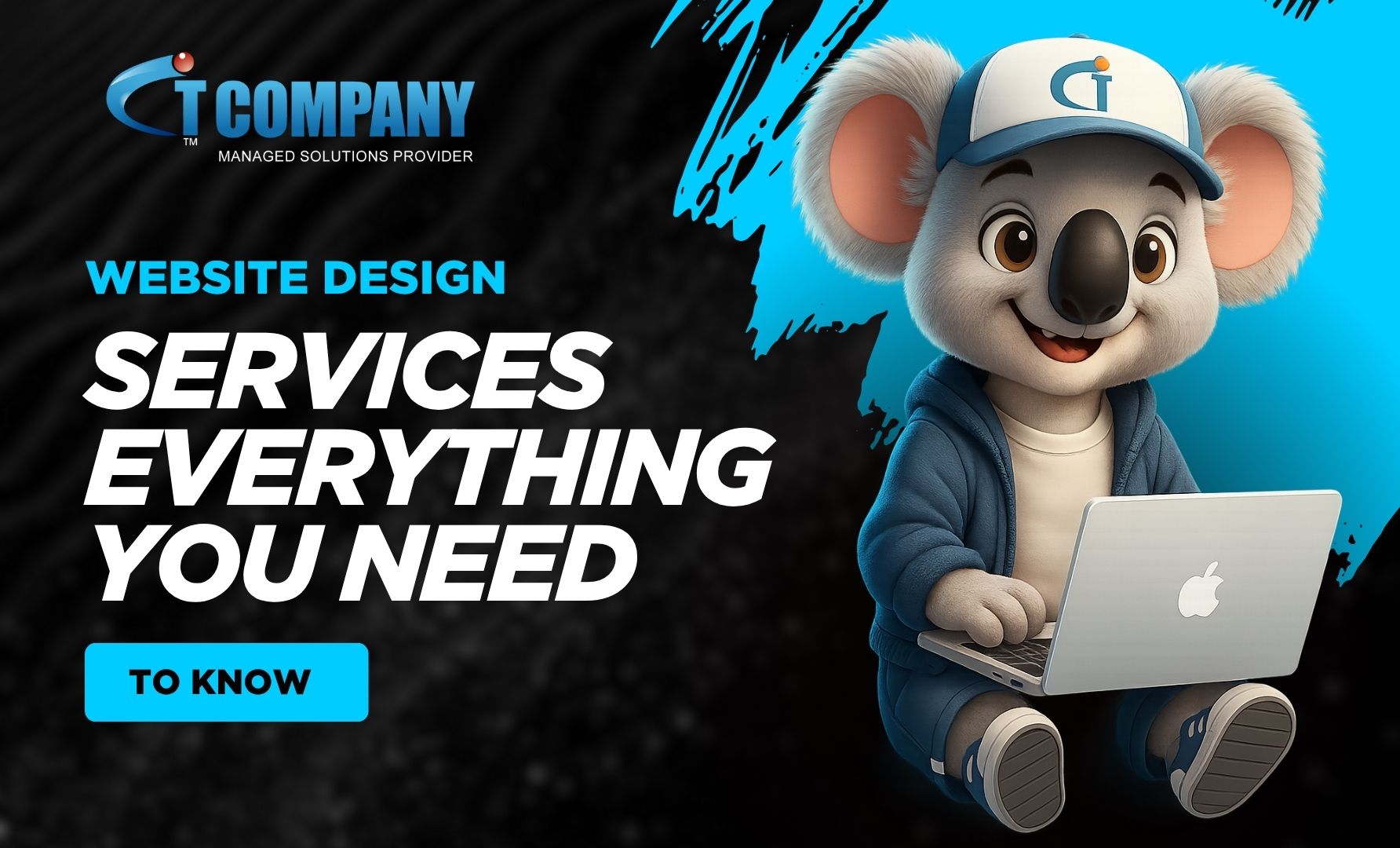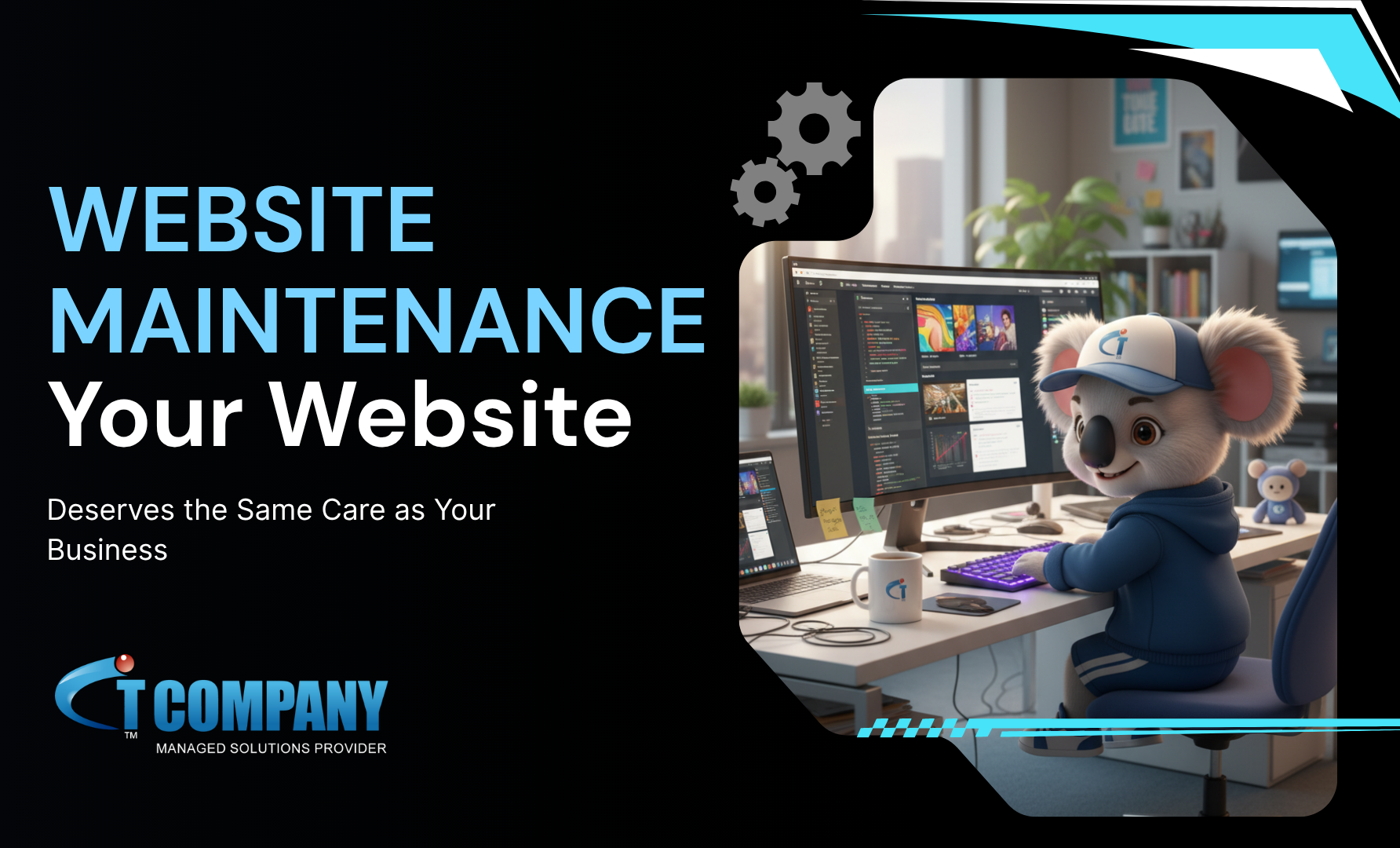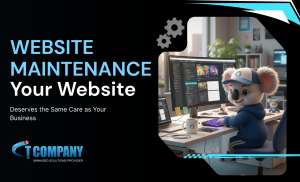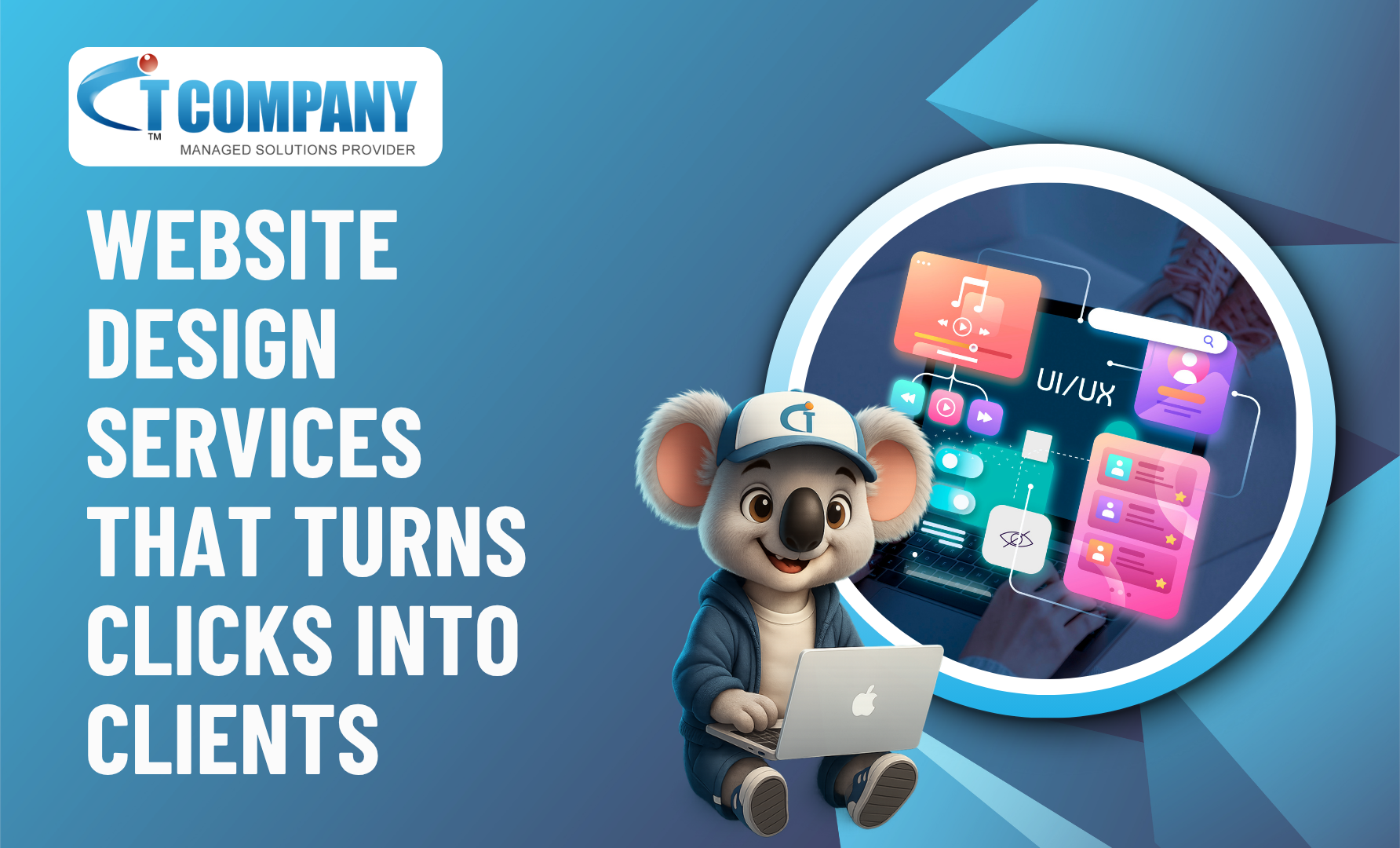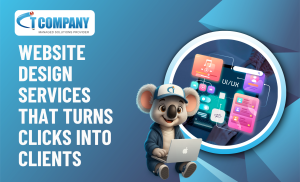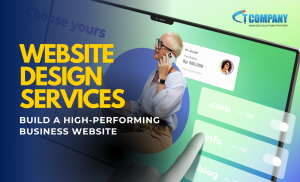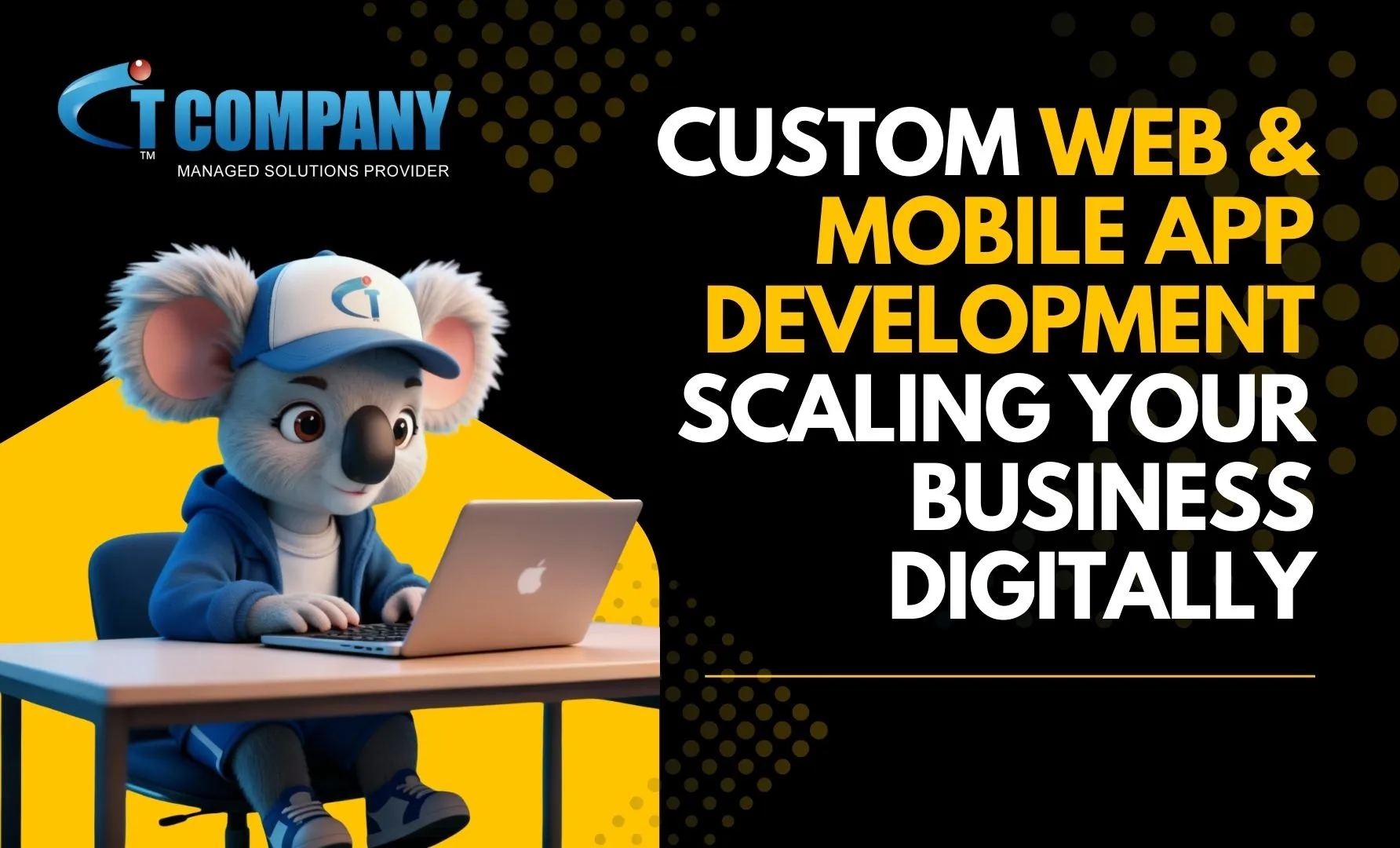1. What Are Website Design Services and Why Do They Matter?
Website design services include everything involved in creating a professional online presence — from layout, visuals, and navigation to responsiveness and user experience (UX). For any business in USA, your website is your digital storefront. It’s often the first interaction customers have with your brand. A well-designed website can build credibility, improve conversions, and make your business look more professional online. At IT Company USA, we design websites that do more than just look good — they perform, convert, and grow with your business.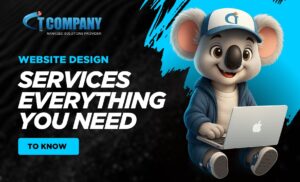
2. Why Should Businesses Invest in Professional Website Design?
You might wonder, “Why pay for a professional website when I can use a template?” The difference is in performance and results. A professionally designed website:- Reflects your unique brand identity
- Loads faster and ranks higher in Google
- Is mobile-friendly across all devices
- Converts visitors into paying customers
- Builds long-term trust with your audience
3. What Makes a Great Website Design in 2025?
Modern website design in 2025 goes beyond aesthetics. It’s about user-first design, SEO, and speed. A great website includes:- Responsive design (looks great on phones, tablets, and desktops)
- Fast loading speed (under 3 seconds)
- Intuitive navigation (users find what they need instantly)
- Strong calls to action (CTAs)
- SEO-friendly structure for higher Google rankings
- Accessibility features to ensure everyone can use your site
4. How Does IT Company USA Approach Website Design?
Every business is unique — so every website should be, too. Our process includes:- Discovery & Strategy – Understanding your brand, goals, and target audience
- UI/UX Design – Crafting a visually appealing and intuitive interface
- Development – Building fast, secure, and scalable websites
- Content Integration – Adding optimized copy and visuals
- Testing & Launch – Ensuring flawless performance on all devices
- Ongoing Support – Continuous maintenance and updates
5. What Industries Benefit Most from Professional Web Design?
Our website design services cater to all industries, including:- E-commerce and Retail
- Professional Services (Law, Accounting, Finance)
- Healthcare and Wellness
- Education and Training
- Construction and Trades
- Technology and Startups
6. How Important Is Mobile-Friendly Design?
Extremely. More than 70% of website traffic now comes from mobile devices. If your site isn’t optimized for mobile, you’re losing leads and Google rankings. At IT Company USA, every website we build is 100% responsive, ensuring seamless functionality and readability across smartphones, tablets, and desktops. This enhances user satisfaction and conversion rates.7. How Does Website Design Affect SEO?
Good website design and SEO go hand-in-hand. Google’s algorithm prioritizes websites that load quickly, are mobile-friendly, and provide great user experiences. Our designers collaborate with SEO specialists to:- Optimize page speed
- Structure your site with SEO-friendly code
- Implement keyword-optimized headings
- Improve internal linking
- Create schema markup for better search visibility
8. How Long Does It Take to Design a Website?
Timeline depends on project complexity. A simple business website may take 2–4 weeks, while a large e-commerce platform could take 8–12 weeks. At IT Company USA, we follow clear milestones and keep you updated throughout the process — ensuring transparency, quality, and timely delivery.
9. How Much Do Website Design Services Cost in USA?
The cost of website design in USA typically ranges between AUD $1,000 to $10,000+, depending on:- Number of pages
- Custom design vs. template
- Additional features (booking systems, e-commerce, etc.)
- SEO and content requirements
10. Can You Redesign an Existing Website?
Absolutely. If your current site looks outdated or isn’t generating leads, a website redesign can dramatically improve performance. Our redesign services include:- Modernising visuals
- Improving navigation and UX
- Enhancing mobile compatibility
- Adding SEO-driven structure and content
11. Do You Offer E-Commerce Website Design?
Yes! We design and develop fully functional e-commerce websites that convert visitors into buyers. Our e-commerce solutions include:- Shopify, WooCommerce, and Magento development
- Secure payment gateway integration
- Inventory and product management
- Mobile optimization
- SEO and analytics setup
12. What Makes IT Company USA Different from Other Web Design Agencies?
Unlike many agencies that focus only on visuals, we combine design, technology, and strategy. Our websites are:- Visually stunning
- Technically sound
- SEO-friendly
- Conversion-driven
13. What Is AEO and How Can It Help My Website?
AEO (Answer Engine Optimization) is the next evolution of SEO. It optimizes your website for voice search and AI-powered engines (like Google Assistant or ChatGPT). By structuring content in a question-and-answer format — just like this article — we help your business appear in “People Also Ask” boxes and featured snippets. IT Company USA integrates AEO into every web design to future-proof your digital presence.14. Do You Offer Ongoing Website Maintenance?
Yes, we do. Websites need continuous updates to stay secure, fast, and compatible with new technologies. Our maintenance services include:- Regular backups
- Security updates
- Content updates
- Performance monitoring
- Technical support
15. Can You Integrate My Website with CRM or Marketing Tools?
Of course. We integrate websites with CRM systems, email marketing platforms, analytics, and automation tools to enhance business efficiency. Examples include:- HubSpot
- Salesforce
- Mailchimp
- Google Analytics
- Meta Pixel
16. How Do You Ensure Website Security?
Website security is critical in today’s digital world. We implement best-in-class measures such as:- SSL certificates
- Firewall protection
- Regular malware scans
- Secure hosting
- Data encryption
17. What Technologies Do You Use for Web Development?
We use cutting-edge technologies like:- HTML5, CSS3, JavaScript, React, and Angular for front-end design
- WordPress, Laravel, and PHP for back-end development
- Shopify and WooCommerce for e-commerce sites

18. What Kind of Support Can I Expect After Launch?
We don’t disappear after launch. You’ll have access to:- Dedicated support team
- Maintenance packages
- Performance reports
- Optional SEO and digital marketing services
19. How Can I Get Started with IT Company USA Website Design Services?
Getting started is simple:- Visit our Website Design Page
- Fill out the inquiry form or call our experts
- Discuss your goals and requirements
- Receive a tailored proposal and timeline
20. Why Choose IT Company USA for Your Website Design?
Because we deliver results that matter. We blend creativity, technology, and strategy to build websites that elevate your brand and drive measurable outcomes. With IT Company USA, you get: A team of certified designers and developers Transparent pricing and communication SEO- and AEO-ready designs Ongoing technical supportFinal Thoughts
Your website is your brand’s most valuable digital asset. Whether you’re launching a new site or upgrading an old one, professional website design is the key to staying competitive in today’s market. IT Company USA helps businesses create websites that look stunning, perform flawlessly, and rank high in search results. Ready to elevate your online presence? Contact our experts today!FAQ’s
How long does it take to build a website?
Most websites take 2–4 weeks, while larger projects may take up to 12 weeks.
How much does a website design cost in USA?
Prices start around AUD $1,000 and vary based on features and complexity.
Will my website be mobile-friendly and SEO-optimized?
Yes, all our websites are fully responsive and built with SEO best practices.
